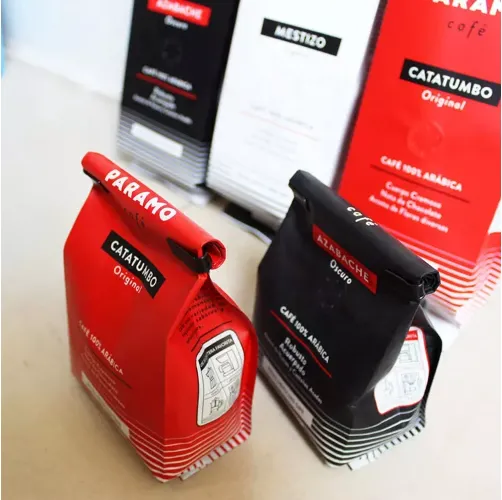- Afrikaans
- Albanian
- Amharic
- Arabic
- Armenian
- Azerbaijani
- Basque
- Belarusian
- Bengali
- Bosnian
- Bulgarian
- Catalan
- Cebuano
- chinese_simplified
- chinese_traditional
- Corsican
- Croatian
- Czech
- Danish
- Dutch
- English
- Esperanto
- Estonian
- Finnish
- French
- Frisian
- Galician
- Georgian
- German
- Greek
- Gujarati
- haitian_creole
- hausa
- hawaiian
- Hebrew
- Hindi
- Miao
- Hungarian
- Icelandic
- igbo
- Indonesian
- irish
- Italian
- Japanese
- Javanese
- Kannada
- kazakh
- Khmer
- Rwandese
- Korean
- Kurdish
- Kyrgyz
- Lao
- Latin
- Latvian
- Lithuanian
- Luxembourgish
- Macedonian
- Malgashi
- Malay
- Malayalam
- Maltese
- Maori
- Marathi
- Mongolian
- Myanmar
- Nepali
- Norwegian
- Norwegian
- Occitan
- Pashto
- Persian
- Polish
- Portuguese
- Punjabi
- Romanian
- Russian
- Samoan
- scottish-gaelic
- Serbian
- Sesotho
- Shona
- Sindhi
- Sinhala
- Slovak
- Slovenian
- Somali
- Spanish
- Sundanese
- Swahili
- Swedish
- Tagalog
- Tajik
- Tamil
- Tatar
- Telugu
- Thai
- Turkish
- Turkmen
- Ukrainian
- Urdu
- Uighur
- Uzbek
- Vietnamese
- Welsh
- Bantu
- Yiddish
- Yoruba
- Zulu
what is standard paper weight
Understanding Standard Paper Weight
Paper weight is a vital aspect of both printing and crafting, influencing not just the aesthetics but also the durability and functionality of the final product. When professionals in the industry refer to standard paper weight, they typically talk about the weight of paper as it pertains to specific measurements, usually in grams per square meter (gsm) or pounds (lbs). This article explores the significance of standard paper weight, the various systems used to measure it, and the implications of different weights on paper choice.
The Basics of Paper Weight
The weight of paper is determined by measuring how much a ream (which consists of 500 sheets) weighs. This measurement can vary significantly depending on the type of paper and its intended purpose. For example, typical printer paper is often referred to as 20 lb paper in the U.S. weight system, which translates to approximately 75 gsm. The gsm measurement indicates the weight of the paper per square meter, providing a more universal standard that can be easily understood across different regions and industries.
In the United States, paper weight is commonly expressed in pounds. However, this method can be somewhat confusing because it refers to the weight of a ream of a particular type of paper. For instance, “80 lb cover” paper is heavier than “20 lb text” paper, but that doesn’t mean it’s heavier in a direct comparison of their gsm values. Consequently, understanding the context of weight—for example, the type of paper being discussed—is essential.
The Impact of Paper Weight on Usage
Different paper weights serve various purposes, and choosing the correct weight can enhance the functionality of printed materials. Here are some common weights and their typical applications
- 20 lb Paper (75 gsm) Commonly used for everyday office printing, such as reports and documents. This weight is lightweight yet sturdy enough for general use.
- 24 lb Paper (90 gsm) Heavier than standard printer paper, this weight is ideal for professional documents that require a higher-quality feel, such as resumes and presentations.
- 32 lb Paper (120 gsm) Often used for premium printing, brochures, or invitations. This weight provides a notable quality upgrade, giving documents a more professional look and feel.
what is standard paper weight

- 80 lb Text (approximately 120 gsm) Suitable for high-quality printing needs, such as magazines and books, where durability and a premium finish are desired
.- 100 lb Cover (approximately 270 gsm) This is often used for business cards, postcards, and other materials that require strength and durability.
Understanding these various weights and their intended uses allows individuals and professionals alike to make informed choices about their paper selection.
The Role of Paper Finish and Texture
In addition to weight, the finish and texture of paper significantly affect its performance and appeal. For example, coated papers often have a glossy or matte finish, which can enhance color vibrancy in printed graphics, making them suitable for marketing materials. On the other hand, uncoated papers provide a more natural feel and are often used for writing and printing text-heavy documents.
Heavyweight paper can also be engineered to accommodate different printing techniques. For instance, cardstock is a heavier weight paper that is ideal for techniques like embossing, die-cutting, and letterpress printing. Understanding the interplay between weight, finish, and texture helps creators choose the optimal paper for their specific projects.
Conclusion
Standard paper weight is an integral aspect of printing and crafting that influences not only the practicality of a product but also its aesthetic appeal. By understanding the various weight categories, along with their applications and associated characteristics, individuals can make informed decisions that ultimately enhance the quality of their printed materials. Whether in an office, a creative studio, or at home, being knowledgeable about paper weight helps ensure that the right choice is made for every project, leading to a more professional and polished final product.
In a world that values both functionality and design, grasping the nuances of standard paper weight is not just beneficial—it is essential.













